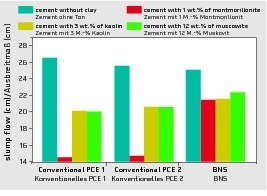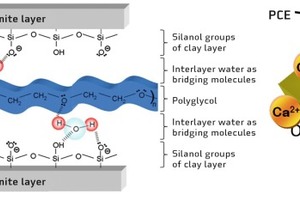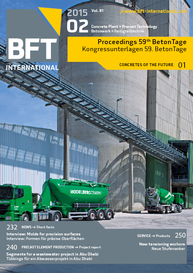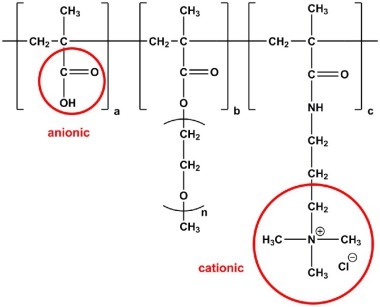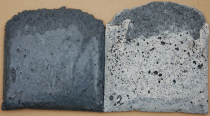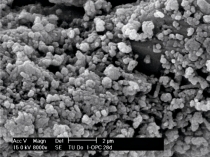Influence of clay minerals on the effect of PCE superplasticizers
For some years, concrete manufacturers have increasingly been reporting on problems with clay contaminations in aggregates resulting in higher dosages of superplasticizers, in particular, of polycarboxylates (PCEs). In several cases, it was not possible to achieve sufficient flow fluidity.
There are many reasons for the fact that clay minerals occur in raw materials used for the production of concrete. Nowadays, in Europe, less care is taken in removing contaminations from aggregates; therefore, in particular well adhering clays remain in sand and gravel. Furthermore, limestone powder, for...

